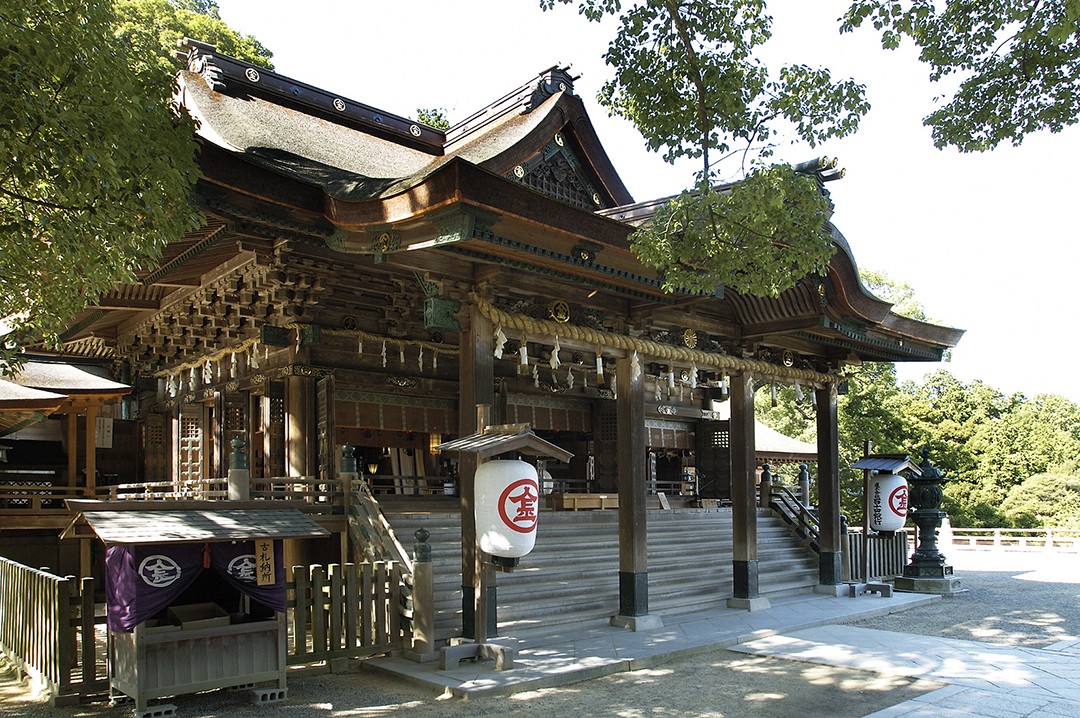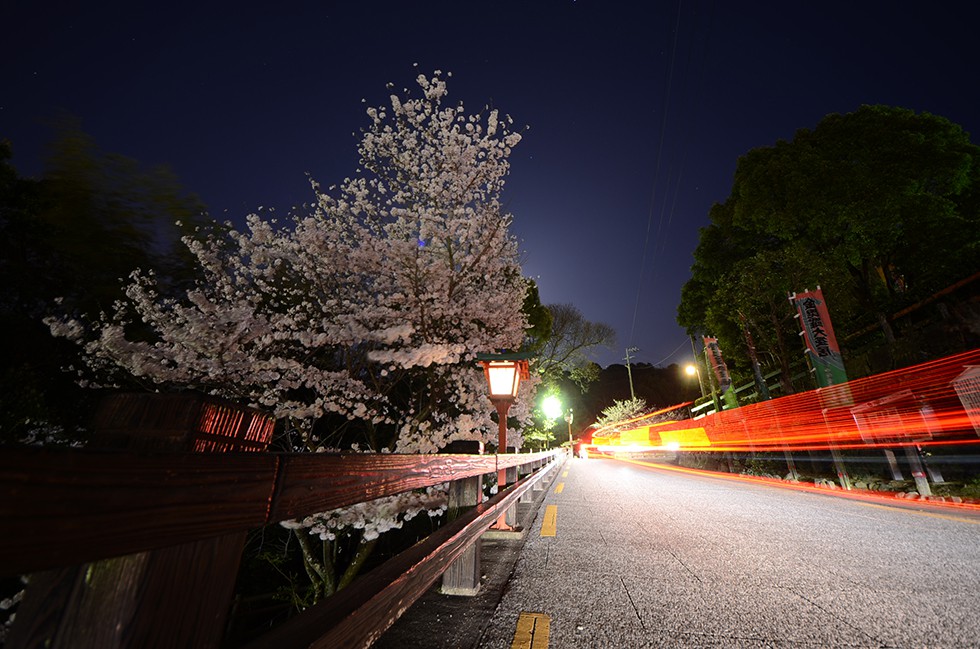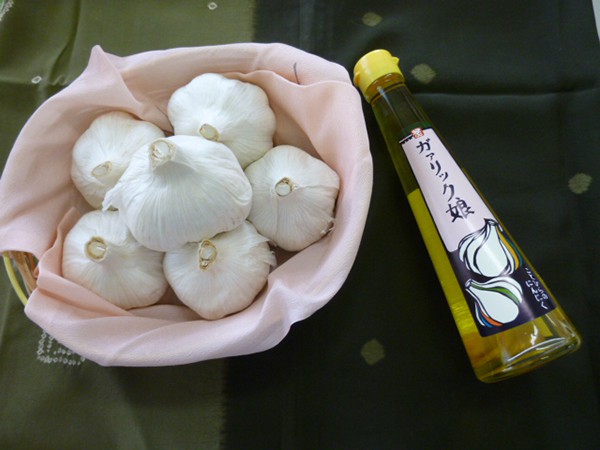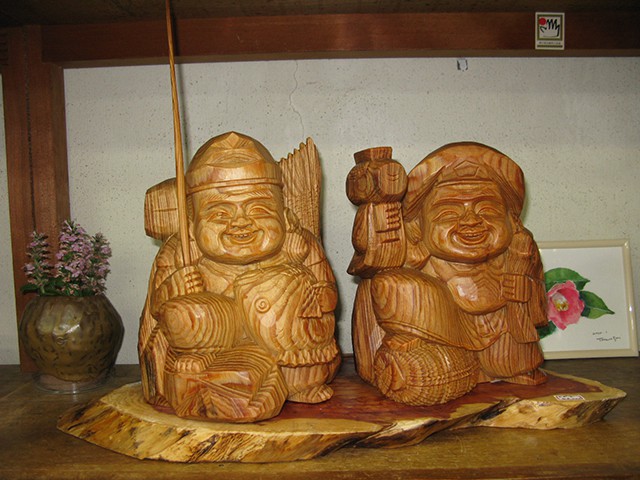Located in the center of Kagawa Prefecture, Kotohira is a historical and cultural town that has flourished as a monzen-machi (a town built close to the gate of an important shrine or temple) of Kotohira-gu Shrine, which is also famously known as “Sanuki’s Konpirasan”. Kotohira attracts more than 3 million tourists a year from home and abroad as a leading tourist destination in Shikoku and Kagawa.
Various Shinto rituals and events are held in the town throughout the four seasons. The Shikoku Konpira Kabuki Grand Performance performed every spring at the former Konpira Grand Theatre (Kanamaruza), Japan’s oldest existing shibai-goya theatre designated as an Important Cultural Property, has become a spring feature in Shikoku, attracting many people every year.

Blessed with a beneficial climate, Kotohira Town has developed as a monzen-machi (a town built close to the gate of an important shrine or temple) centering around Kotohira-gu Shrine, which is also known by its popular nickname “Sanuki’s Konpirasan”. The town still displays the rich and refined traditions and cultures it inherited to this day.
Beginning with the prehistoric mountain worship of Mt. Zozu, Kotohira has been crowded with people since the Edo Period (1603-1868), who sought to fulfill their wish of visiting Konpira once in their lifetime. Larger roads leading to Kotohira have developed over time and became the Konpira Highway.
Furthermore, Kotohira-gu Shrine has an abundance of cultural heritages such as crafts, sculptures, historic sites, etc. Many of them are designated as National Important Cultural Properties, including the famous Asahi Shrine.




Small, but with a strong smell and hot taste – Konpira Garlic is known for its high content of allicin, which has antibacterial and antifungal effects. Kotohira is the largest garlic-producing area in Kagawa Prefecture and the third-largest garlic-producing region in Japan.
Sanuki itto-bori carving is a chiseling technique on wood, developed by skillful miyadaiku – carpenters specializing in constructing temples and shrines – who came from all over the country to build Kotohira-gu Shrine’s Asahi Shrine, which was completed in 1837 (Tenpo 8).
The roots of the itto-bori technique are said to be found in dharma dolls that the miyadaiku carpenters made during their lunch break while reminiscing about their hometowns. These dolls were given to children visiting to the construction site to play.
Today, various itto-bori carvings, from works of art to household ornaments, are sold as Konpira souvenirs.